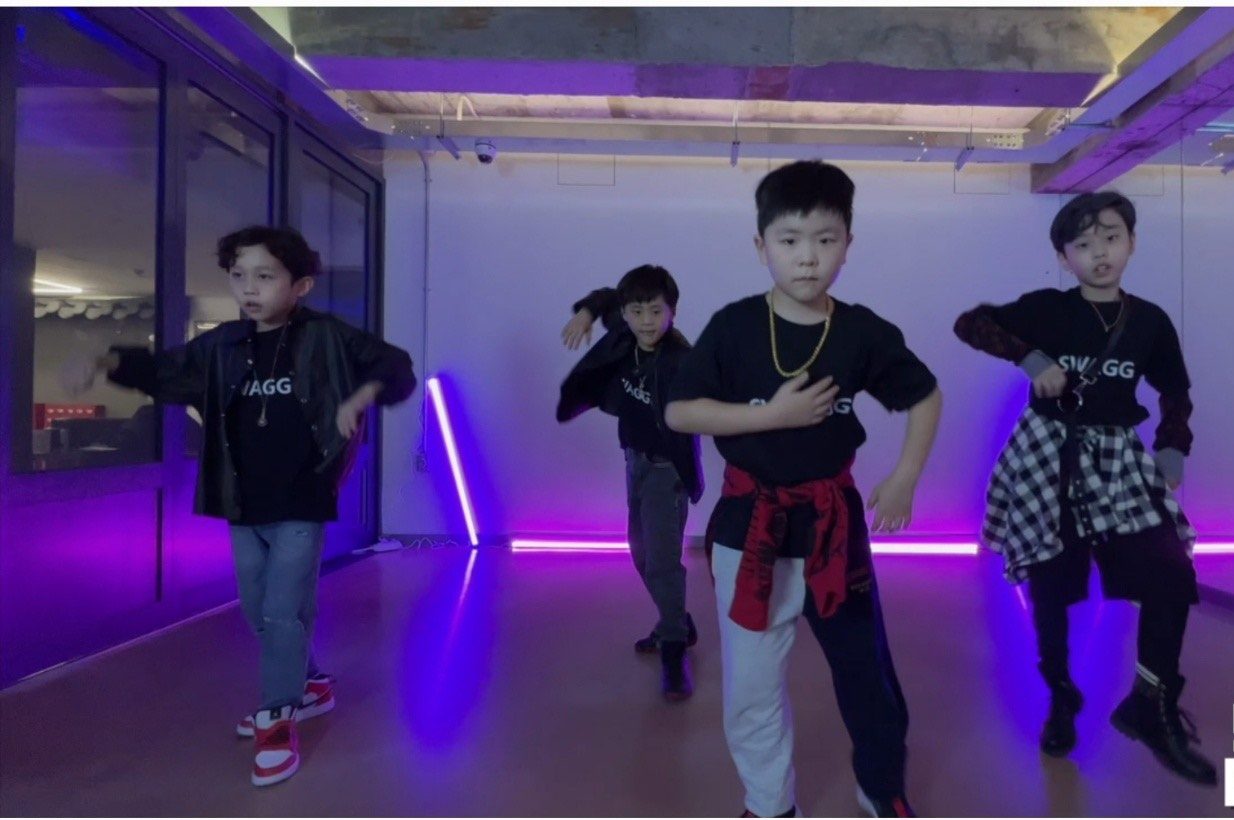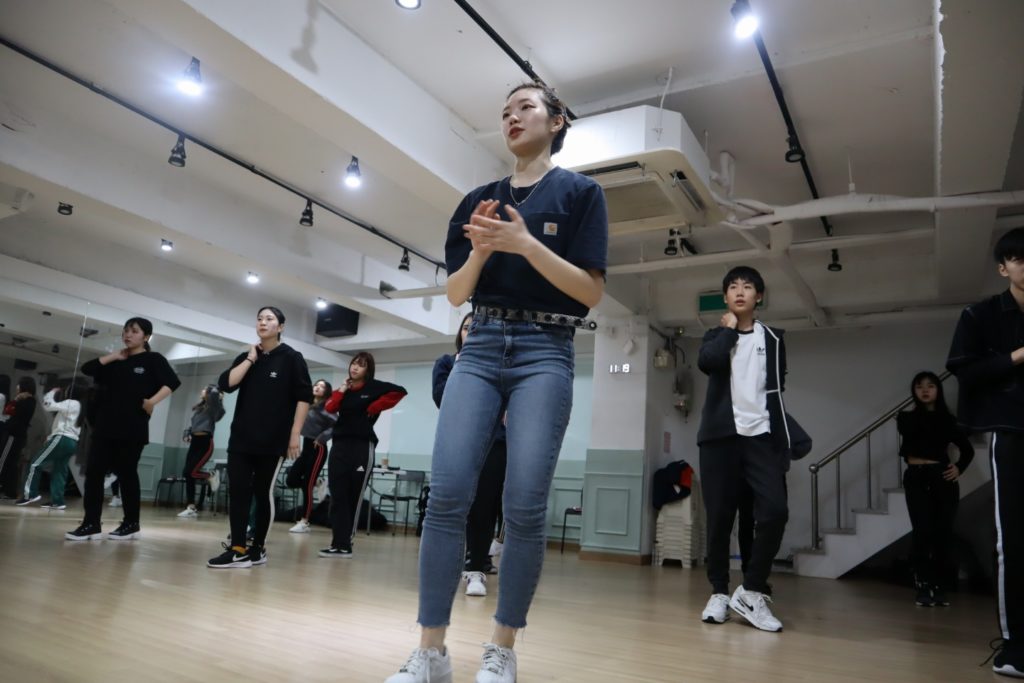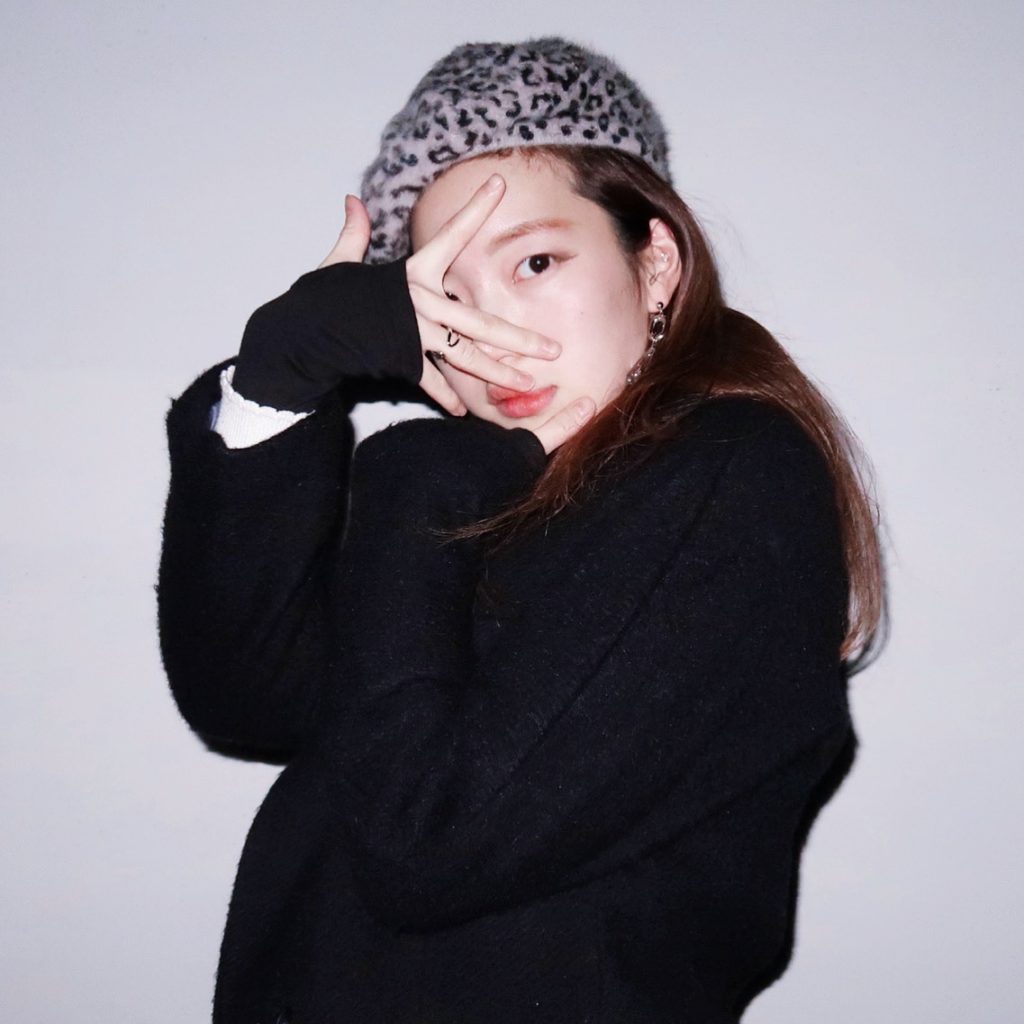
For many young people in South Korea today, time spent studying English and math is almost equal to the time spent on polishing their dance moves and singing—all in the quest to become a future K-pop superstar someday. In fact, the daily schedule of a grade-schooler in South Korea is different than that of a student in the U.S. After school is done for the day, many students attend hagwan, or cram schools. These private, for-profit academies have long been focused on advancing academic studies, but, more recently, the focus has been on developing all-round K-pop entertainers.
The Korean Wave, or Hallyu, has become a major economic force lately. Lady Gaga featured K-pop group Blackpink in her 2020 song “Sour Candy,” and the single became the third most streamed song on the album. In 2018, the Hyundai Research Institute reported that popular K-pop band BTS generated $3.5 billion per year for the Korean economy. As K-pop fandom brings increasing wealth and opportunities, schools creating K-pop classes and curriculums across South Korea are mushrooming. The Kwangchon High School in Chungnam Province even renamed itself the High School of Korean Pop and Performing Arts.
Yet, young K-pop hopefuls spend years in “idol-training” programs, living in dormitories, practicing singing and dancing for hours a day, with no guarantee of success. MinHyuk Lim’s son, Tiger, age 9, started taking dance classes at SHINE Kids Vocal and Dance Academy in Seoul, South Korea about eight months ago. His interest in music videos progressed into a desire to learn the choreography. Tiger goes to class every Friday along with his friend Johan Lee, also 9, where they are currently learning “Mic Drop,” by BTS.
“When I was growing up, I always said no to dancing as a career,” says his father Lim. For most South Koreans, dancing or being in the entertainment industry was not a way to be successful. Being a lawyer or a doctor was considered successful. But that mentality has slowly changed. As K-pop has become more mainstream within the country and abroad, parents’ attitudes towards dance, specifically K-pop-style dance, has shifted. “If Tiger wants to pursue a career in the arts, we want to be as supportive as we can as parents, and help him pursue his passion rather than force him to do otherwise,” Lim adds. “Sometimes I’ll even try to dance with him, and he’ll teach me some of the choreography.”

Creating a K-Pop Curriculum
SHINE Academy, teaches K-pop moves and lyrics to over 300 students. “Our most popular class is the BTS specialty class,” says Jaewon Lee, the academy’s founder and owner. “The students know all the lyrics by heart, so they want to learn all the choreography from start to finish and be able to perform it.”
With over a decade of experience teaching dance, Lee realized the majority of dance studios focus on high-school-age students, so he wanted to open a space for kids of all ages to dance. Lee and his fellow teachers developed a curriculum to introduce young students to the fundamentals of K-pop dance. The beginners program meets once a week for five weeks to learn four components: body isolations—moving a specific body part; the wave—undulating movements with the hands and body; rhythm—how to bounce; and, lastly, how to incorporate what they’ve learned into a movement phrase. Once students have mastered these steps, they’ll be taught full-length K-pop choreography.
K-pop is also known for blending musical genres at a high volume, rapid pace within a single song. Seung Jae Koo, a guitar and vocal teacher at SHINE Academy, feels that it’s important for students to understand the relationship of rhythm and movement. “Kids are drawn to the maximalist quality of the music,” he says. “It’s spectacular!” His class focuses on the basics of learning simple rhythm structures and developing an ear for the music. “The process of learning is more minimalist,” he says, “but by sticking to the pillars of training the teachers are able to become more adaptive to the students.”
Choreographer Su Yeon has been teaching an audition prep class for the past five years at KPOP Art School in Seoul. She thinks performance energy is the most important quality for a K-pop dancer. “Even when students lack skill or experience, they can still draw eyes with the right energy,” she says. “It’s just that they haven’t learned how to express themselves yet. But when the music plays and [students] step onstage, they move like a fish in water. They are serious, creative and self-aware.”

Dancing to Fulfill More Than Dreams
While students aspire to become members of popular K-pop groups like BTS and Blackpink, Lee admits that he didn’t open his school to be a pipeline to idol training. “They’re kids,” he says. “It’s important they have fun and the dancing is accessible to them. It doesn’t matter if they are born amazing dancers. What’s important is that they have a better life due to dancing.”
A studio audition is usually the first step for young performers aspiring to K-pop careers. Children start industry auditions as early as age 10. If they pass, they attend a second audition with one of the big management labels, like Big Hit Entertainment or YG Entertainment, with the hope of being offered a contract into a training program. Idol training programs pay for housing and education, but there is no set graduation date to become an idol. Miyeon of (G)I-DLE trained for eight years. BIGBANG’s G-Dragon spent 11 years as a trainee. And solo artist G.Soul was a trainee with JYP Entertainment for 15 years before making his debut.
Lee, however, limits invitations to industry recruiters to twice per year. He wants the students to make dancing their own and not feel pressured to showcase in front of an industry professional. “We are passion driven, not career driven,” he says.
The love of movement and self-expression is undeniable, whether or not students have idol aspirations. For Tiger, dance class is a fun way to learn something new and spend time with his friends. His focus right now is on nailing the BTS choreography. His passion for dancing and K-Pop has grown and he is interested in becoming a K-Pop star someday. “The whole dance is pretty hard,” he admits, “but I’m definitely going to keep dancing.”
Interviews with Jaewon Lee, Seung Jae Koo and Su Yeon were done with the interpretation of Siena Sewon Jun.





